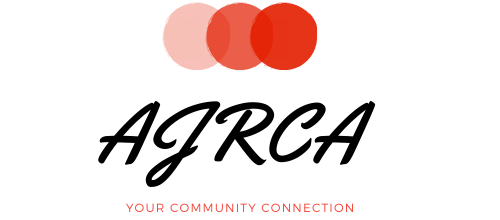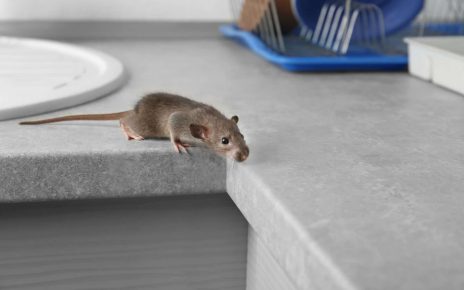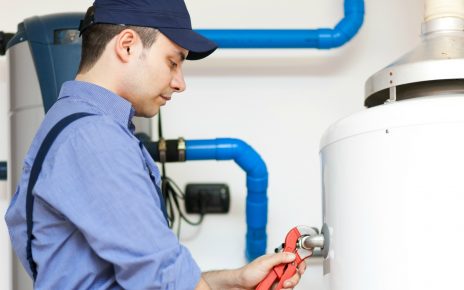Maintaining a healthy home environment goes beyond aesthetics and comfort; it encompasses ensuring the air you breathe is free from harmful contaminants like mold. Mold can silently infiltrate your home, causing unsightly stains and potential health hazards. Taking proactive measures such as regular home inspections is crucial in preventing mold growth and the need for costly mold remediation.
Understanding the Threat of Mold
Mold, a type of fungus, thrives in damp and humid environments. It can grow on various surfaces, including walls, ceilings, carpets, and even furniture. Mold spores are airborne and can easily spread throughout your home, posing risks such as allergic reactions, respiratory issues, and in severe cases, structural damage to your property.
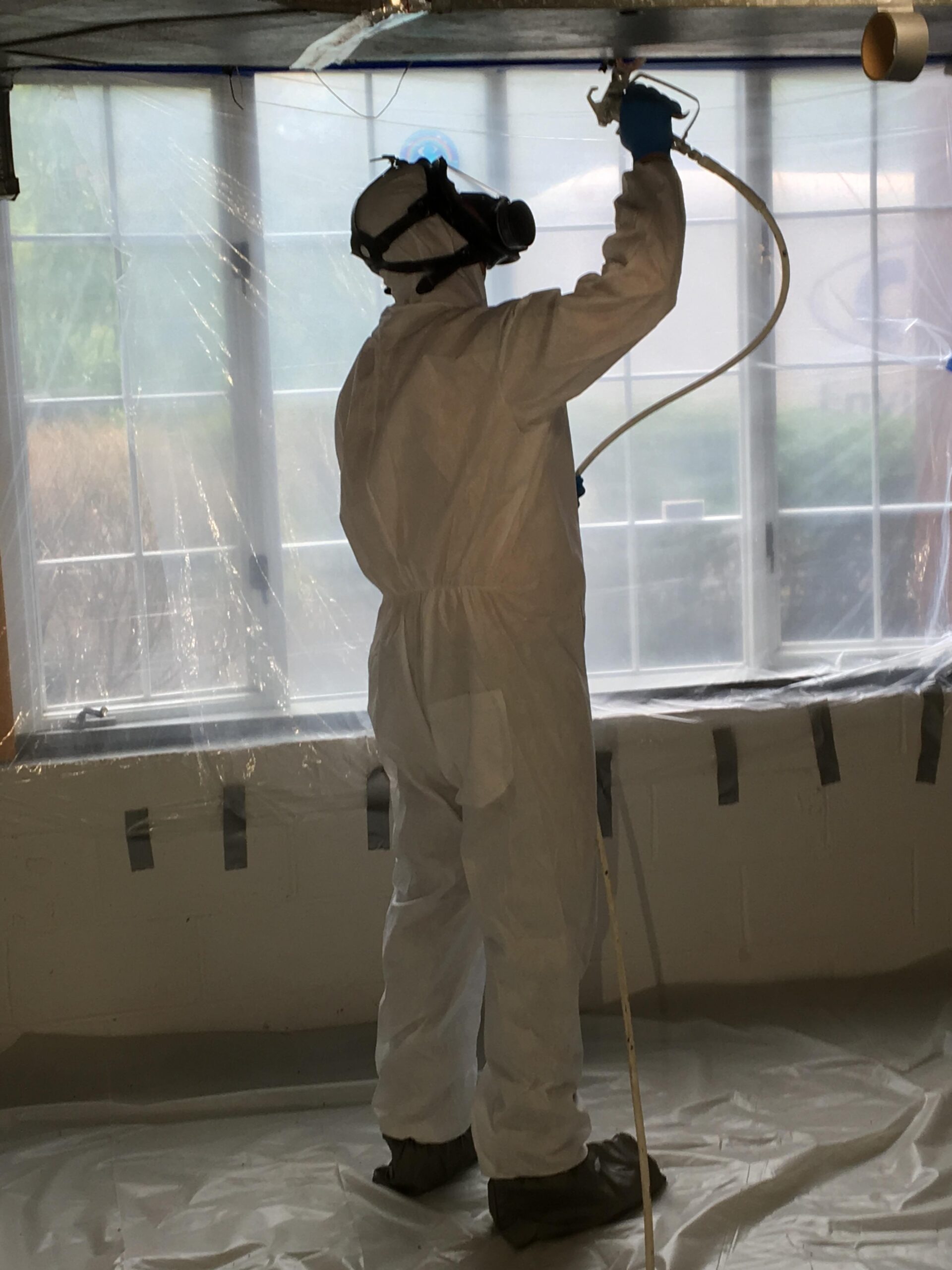
The Importance of Regular Inspections
Regular inspections serve as a preemptive strike against mold. By scheduling periodic checks, homeowners can detect moisture issues early on, which are prime conditions for mold growth. Professionals trained in mold detection can identify hidden sources of moisture, such as leaks or inadequate ventilation, that might otherwise go unnoticed.
Early Detection Saves Costs
One of the primary benefits of regular home inspections is cost savings. Identifying mold growth in its infancy allows for prompt remedial action, preventing the need for extensive mold remediation later. The expenses associated with mold removal and repairing damaged structures far outweigh the cost of routine inspections.
Protecting Your Health and Well-being
Beyond financial implications, mold prevention is about safeguarding your health and your family. Mold spores can trigger allergies, asthma attacks, and other respiratory ailments. Maintaining a mold-free environment through regular inspections creates a safer and more comfortable living space for everyone.
DIY vs. Professional Inspections
While DIY inspections can be useful for vigilant homeowners, they may only sometimes uncover hidden mold or moisture sources. Professional inspectors bring expertise and specialized equipment to assess potential mold risks thoroughly. Their trained eye can differentiate between harmless discolorations and active mold growth, ensuring a comprehensive evaluation.
Implementing Preventive Measures
Aside from inspections, implementing preventive measures can further reduce the risk of mold. These include improving ventilation in humid areas like bathrooms and kitchens, using dehumidifiers in damp basements, promptly repairing leaks, and ensuring proper drainage around your home’s foundation.
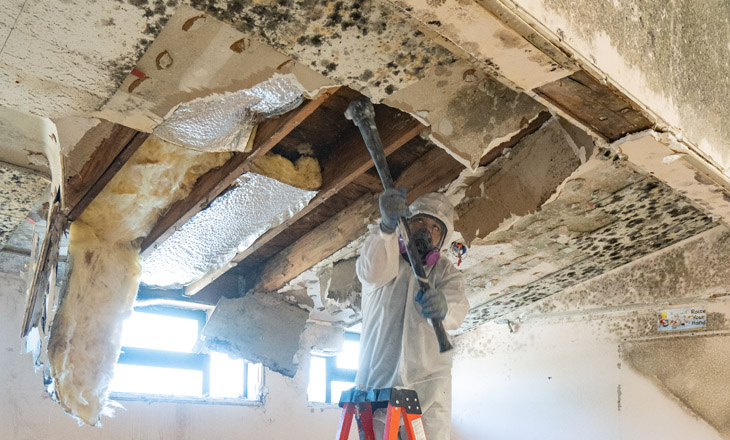
Conclusion
In conclusion, regular home inspections are not merely a maintenance chore but a proactive strategy against mold growth and its associated health hazards. By investing in periodic checks and promptly addressing any issues identified, homeowners can effectively mitigate the need for costly mold remediation while fostering a healthier indoor environment. Remember, a mold-free home starts with vigilance and preventive action.
